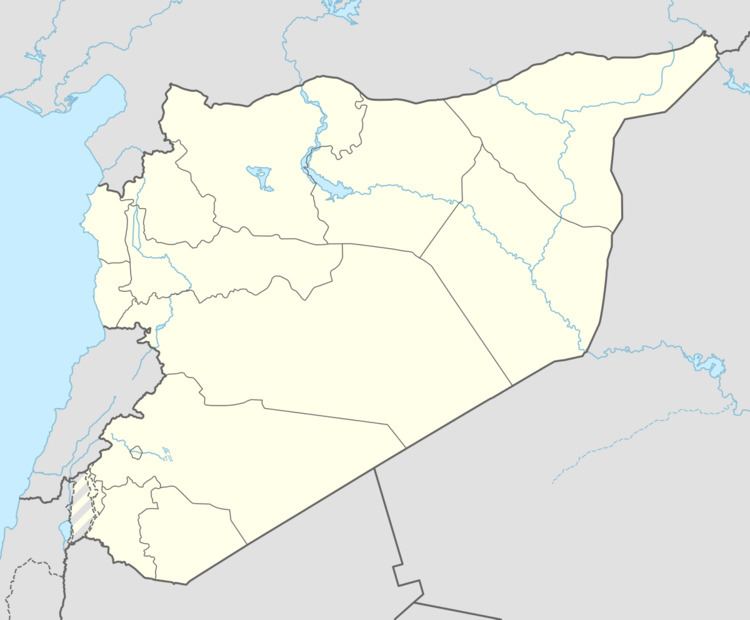Location Syria Condition Ruins Region Al-Hasakah Governorate | Cultures Roman Public access Yes | |
 | ||
Rhesaina (Rhesaena) was a city in the late Roman province of Mesopotamia Secunda and a bishopric that was a suffragan of Dara
Rhesaina (Rhesaena, Resaena - numerous variations of the name appear in ancient authors) was an important town at the northern extremity of Mesopotamia, near the sources of the Chaboras (now the Khabur River. It was on the way from Carrhae to Nicephorium, about eighty miles from Nisibis and forty from Dara. Nearby, Gordian III fought the Persians in 243, at the battle of Resaena. It is now Ra's al-'Ayn, Syria.
Its coins show that it was a Roman colony from the time of Septimius Severus. The Notitia dignitatum (ed. Boecking, I, 400) represents it as under the jurisdiction of the governor or Dux of Osrhoene. Hierocles (Synecdemus, 714, 3) also locates it in this province but under the name of Theodosiopolis; it had in fact obtained the favour of Theodosius the Great and taken his name. It was fortified by Justinian. In 1393 it was nearly destroyed by Tamerlane's troops.
Bishops
Rhesaina was also the site of a Bishopric. The Diocese of Rhesaina is today a suppressed and titular see of the Roman Catholic Church in the episcopal province of Mesopotania
Le Quien mentions nine bishops of Rhesaena:
Roman Bishops
Middle Ages The see is again mentioned in the 10th century in a Greek Notitia episcopatuum of the Patriarchate of Antioch (Vailhé, in "Echos d'Orient", X, 94). Le Quien (ibid., 1329 and 1513) mentions two Jacobite bishops: Scalita, author of a hymn and of homilies, and Theodosius (1035). About a dozen others are known.
Titular bishops
